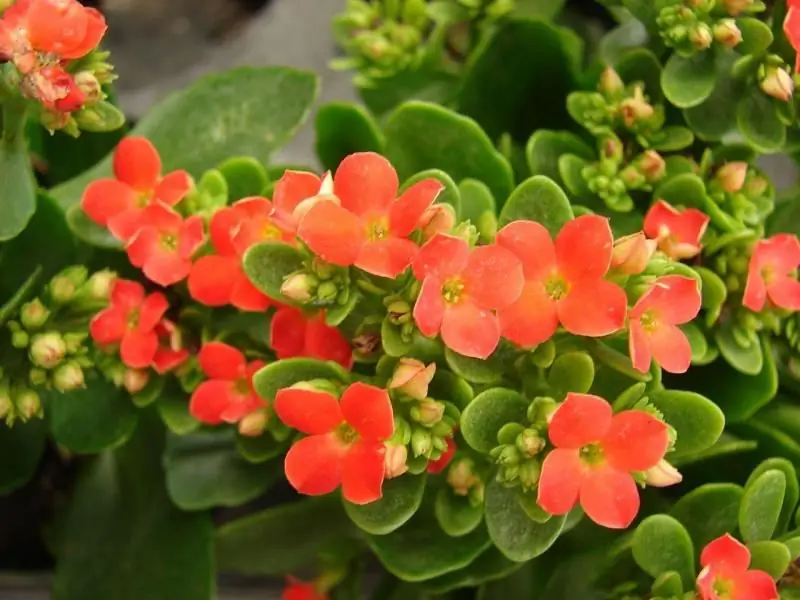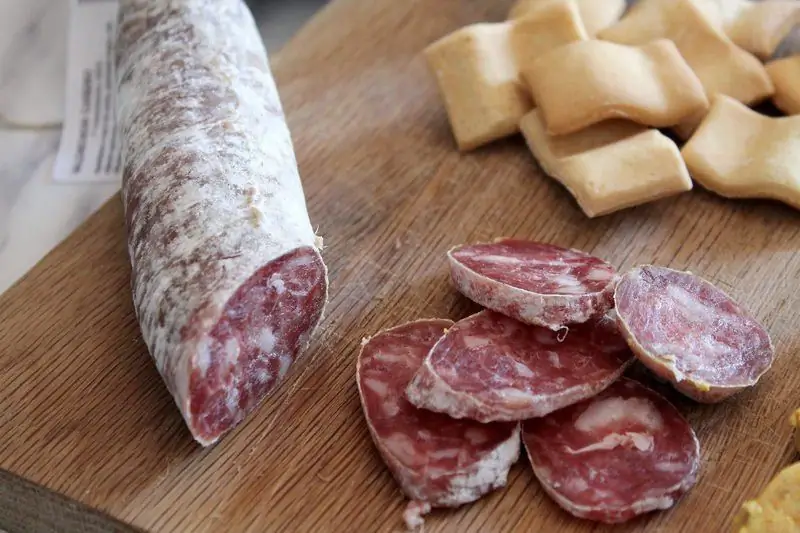
Table of contents:
- Author Bailey Albertson [email protected].
- Public 2023-12-17 12:53.
- Last modified 2025-01-23 12:41.
What biennials bloom even in partial shade, in contrast to capricious annuals

Biennials are very popular with gardeners. Due to the two-year life cycle, the flowering of crops occurs between early spring and the second half of summer. Since in the first year of planting the plants are just developing, the very expectation and the long-awaited flowering of the culture gives great pleasure to gardening lovers.
Forget-me-nots

Touching delicate forget-me-not flowers are a wonderful decoration of the garden. Plants look great in tree trunks, in the first row of flower beds, in rock gardens.
The culture reproduces by self-seeding. It is grown not only in the garden, but also on balconies. Forget-me-not is unpretentious, it grows quickly and blooms profusely both in the sun and in the shade. The main condition is moist soil and light shading.
Digitalis

The unique foxglove bloom is very beautiful. Bells create a beautiful view in vertical garden landscaping. The culture is poisonous, so it is grown with care on the site, especially if the family has children.
A showy plant prefers fertile, moist soil, sunny open space. In partial shade, the culture also produces inflorescences, but not so magnificently. Cutting withered shoots will stimulate a new wave of flowering.
Violet Wittrock

The culture has a different, more familiar name - "pansies". Its flowers are so rich in a variety of shades that even the status of biennials does not prevent them from always being at their best. The unique color of the petals ranges from white and pale blue to bright yellow and dark ink.
Loves diffused sunlight, partial shade and moisture. For lush flowering, abundant watering is required.
In favorable conditions, the plant will delight you with an attractive appearance until autumn. Another plus - the violet spreads by self-seeding. You can grow it both on a flower bed and on a balcony or veranda.
Hollyhock

A frequent resident of summer cottages is called mallow in another way. Huge, 8-10 cm in diameter, the buds sometimes resemble rose-shaped or fancy bows. They are distinguished by a wealth of colors: canary yellow, pink, red, dark cherry, salad, burgundy, ink.
A distinctive feature of mallow is the number of buds on one stem, which reaches up to 90 pieces. For lush flowering, you need sunlight, loamy soil, feeding with humus. Frequent and abundant watering is recommended.
Turkish carnation

Like all biennials, it blooms in the second year, releasing attractive spherical inflorescences. The culture is popular with gardeners. Varieties have been developed that differ in color and type of petals.
Terry forms are in great demand, which also spread by self-seeding. Carnations bloom for 15-20 days, they stand for a long time in the cut. The plant loves sunny open places, fertile soil. Feels great in partial shade.
Bell middle

The biennial needs favorable growing conditions: shelter for the winter, attention in the spring. The inflorescences are so attractive that the bell is considered one of the most beautiful crops in the garden.
Bellflower loves sunshine, fertile, drained soil, and a place that's sheltered from cold winds. Differs in abundant flowering until autumn. Its blue and blue bell-shaped buds are the perfect delicate decoration for any corner of the garden.
Recommended:
Why Kalanchoe Does Not Bloom And What To Do About It

Why Kalanchoe does not bloom at home. Proper care for flowering
White Bloom On Raw Smoked Sausage: Why It Appears, Is It Possible To Eat The Product

White bloom on raw smoked sausage: what it is, why it appears, the norm or not. How to distinguish white plaque from mold, whether it is necessary to remove it
Why Peonies Don't Bloom And What To Do

Why peonies may not bloom. How it depends on the landing and weather. Can you help them
Why Geraniums Don't Bloom And What To Do To Help The Flower

For what reasons can geraniums refuse to bloom? How to create the necessary conditions for her. Is it easy to help a plant to bloom
Perennials That Bloom In The Shade

What beautiful shade-loving perennials can be planted on your site
